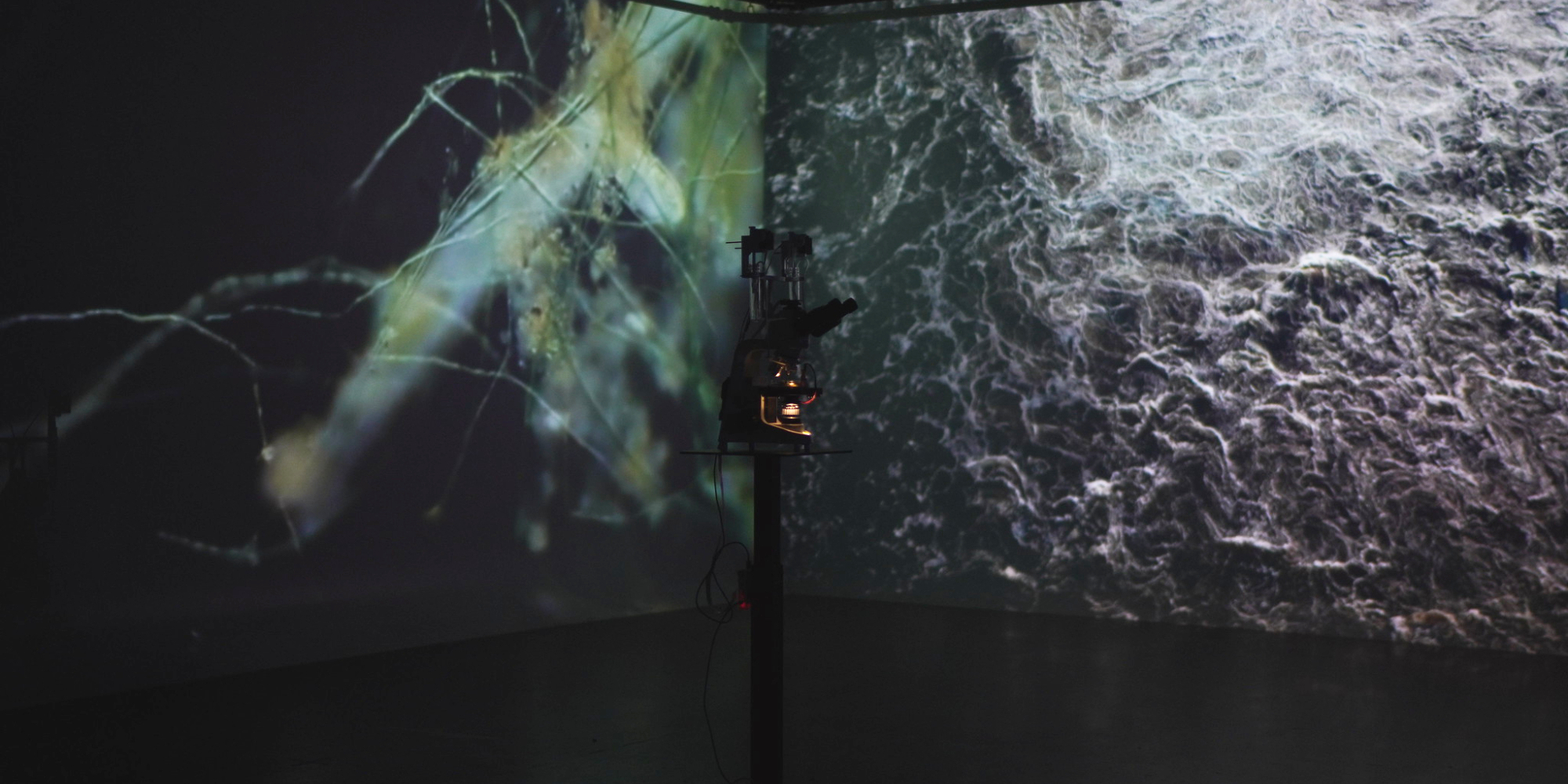There is at least one truth of which we are all aware: the global crises and challenges of our time can only be met in a common quest – only if we – together with all other species – co-own the planet. Not everyone has for themselves, all of us together have only one planet. Established ways of seeing and behaving must be challenged to enable change. (Co) Owning More-than-Truth, is the name of the Theme Exhibition of the Ars Electronica Festival 2023. In order to challenge prevailing norms and stimulate critical reflection on the complexity of the concept of ownership in a global context, the exhibition brings together different topics, disciplines and knowledges. The exploration is based on three acts related to the concept of ownership: Navigating, Mapping and Shifting.
The first step on the shared path to a new comprehension of ownership and truth is understanding. We imagine queer, postcolonial futures as well as technologies that calibrate our natural resources. Scientific theories often establish a basis for understanding, for what we perceive as the truth. At the same time, we realize the individuality of our view of the world and truth. This first act of ownership is called Navigating in the context of the Theme Exhibition. The presented projects open new perspectives and show future possibilities as well as present dangers. Špela Petrič (SI) and Studio Teratope (NL) deal with the use of AI in healthcare within the framework of AIxxNOSOGRAPHIES, a project made possible by the collaboration of Ars Electronica and Deutsche Telekom. Brakfesten / La Grande Bouffe is a macro film of Anne Duk Hee Jordan (DE/KR) and Pauline Doutreluingne (BE) dealing with the death of elm trees and the restoration of the ecological cycle. For Organ Of Radical Care: Una Matriz Colaborativa, supported by the European EMAP initiative and created by Charlotte Jarvis (GB) und Dr. Patricia Saragüeta (AR), menstrual blood was collected to build a collaborative uterus. In contrast, StellaVerde by Gregor Krpič (SI), Simon Gmajner (SI), Dr. Jan Babič (SI), Dr. Marko Jamšek (SI) and Gal Sajko (Jožef Stefan Institute) (SI) addresses future food production in the form of a vertical garden site tended by a spiderbot. With the implementation of a comprehensive and constantly upgraded array of sensors it is possible to provide radical care to plants growing in radical conditions, according to their specific individual needs.
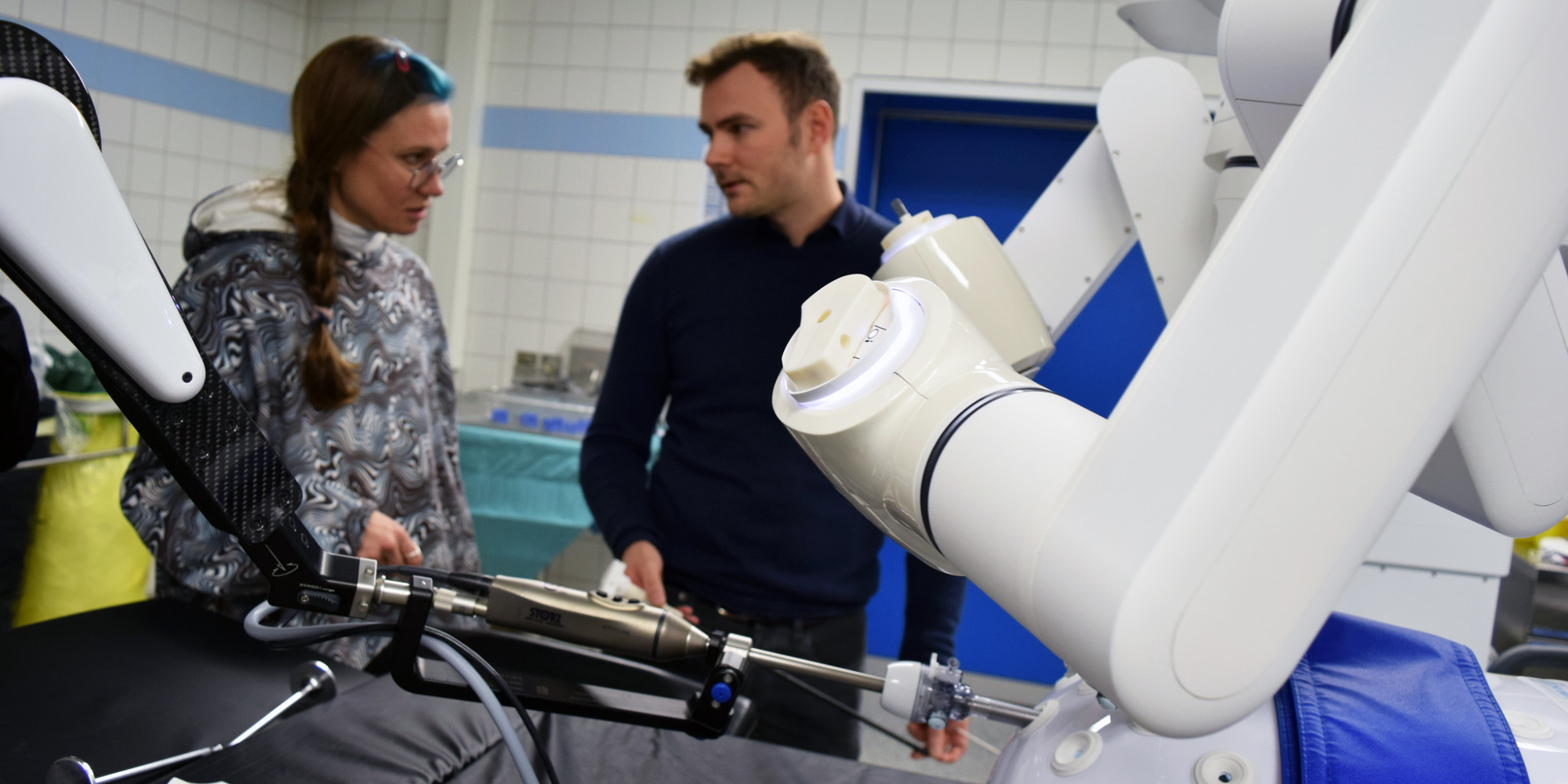


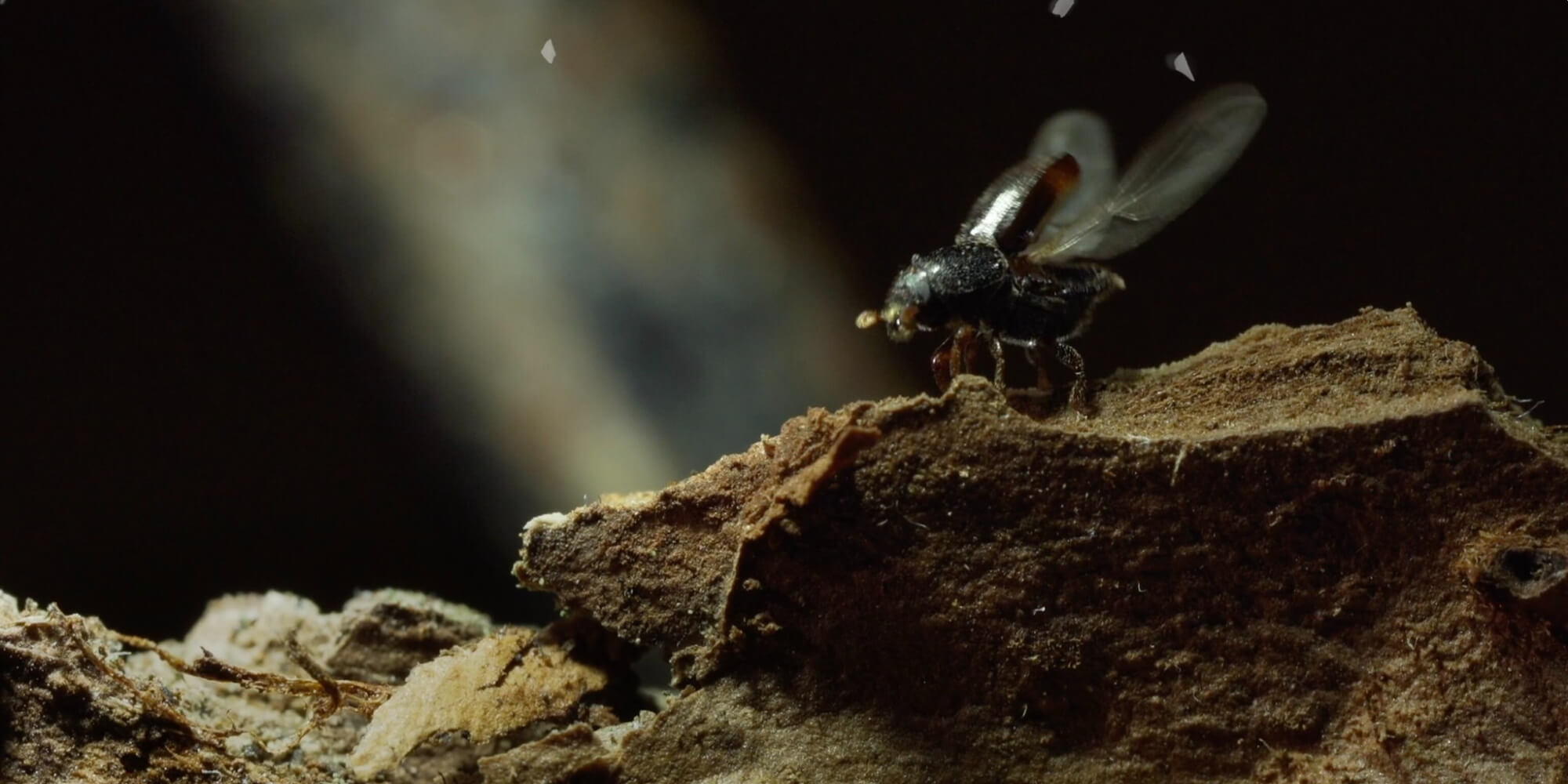
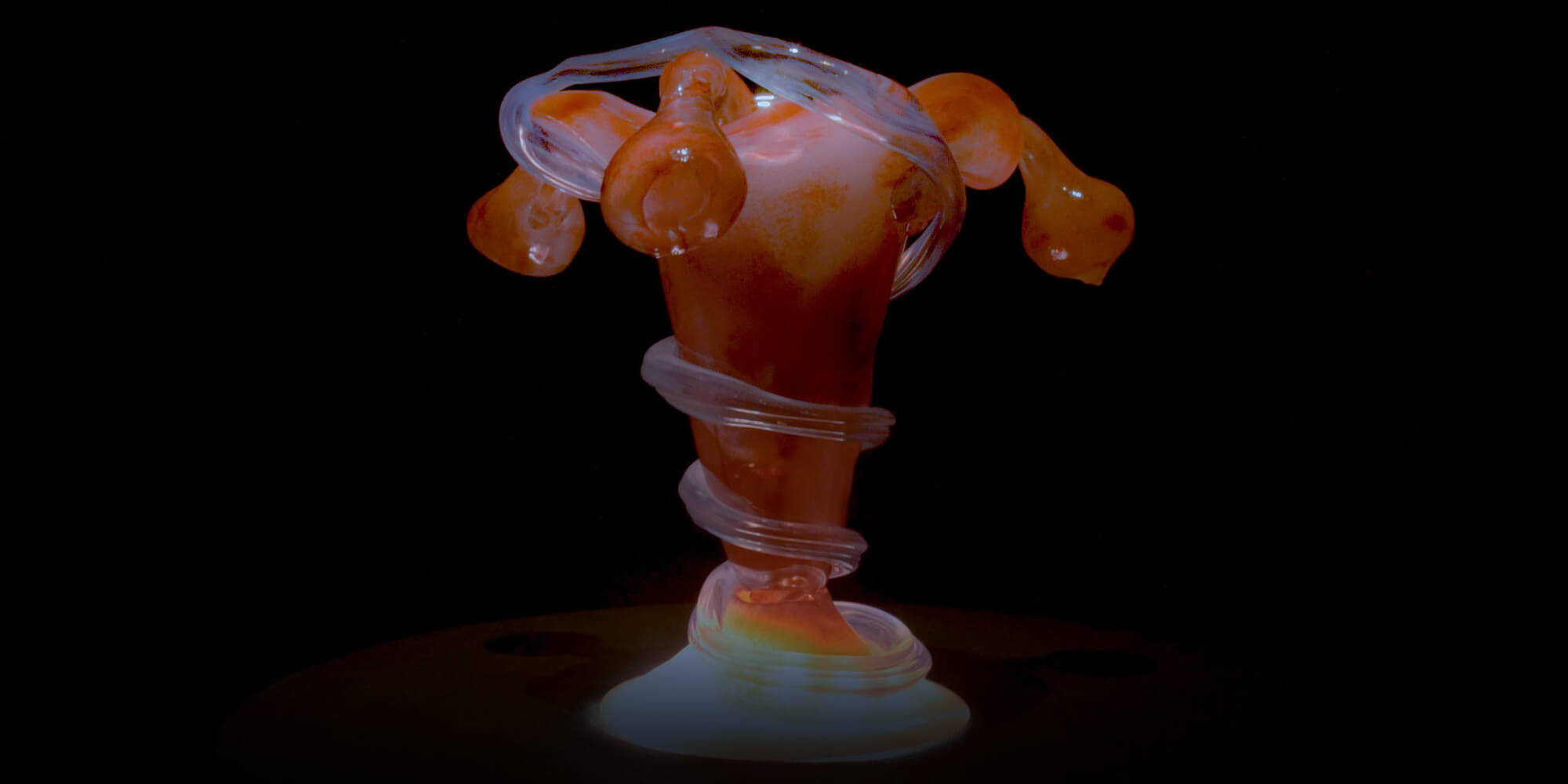

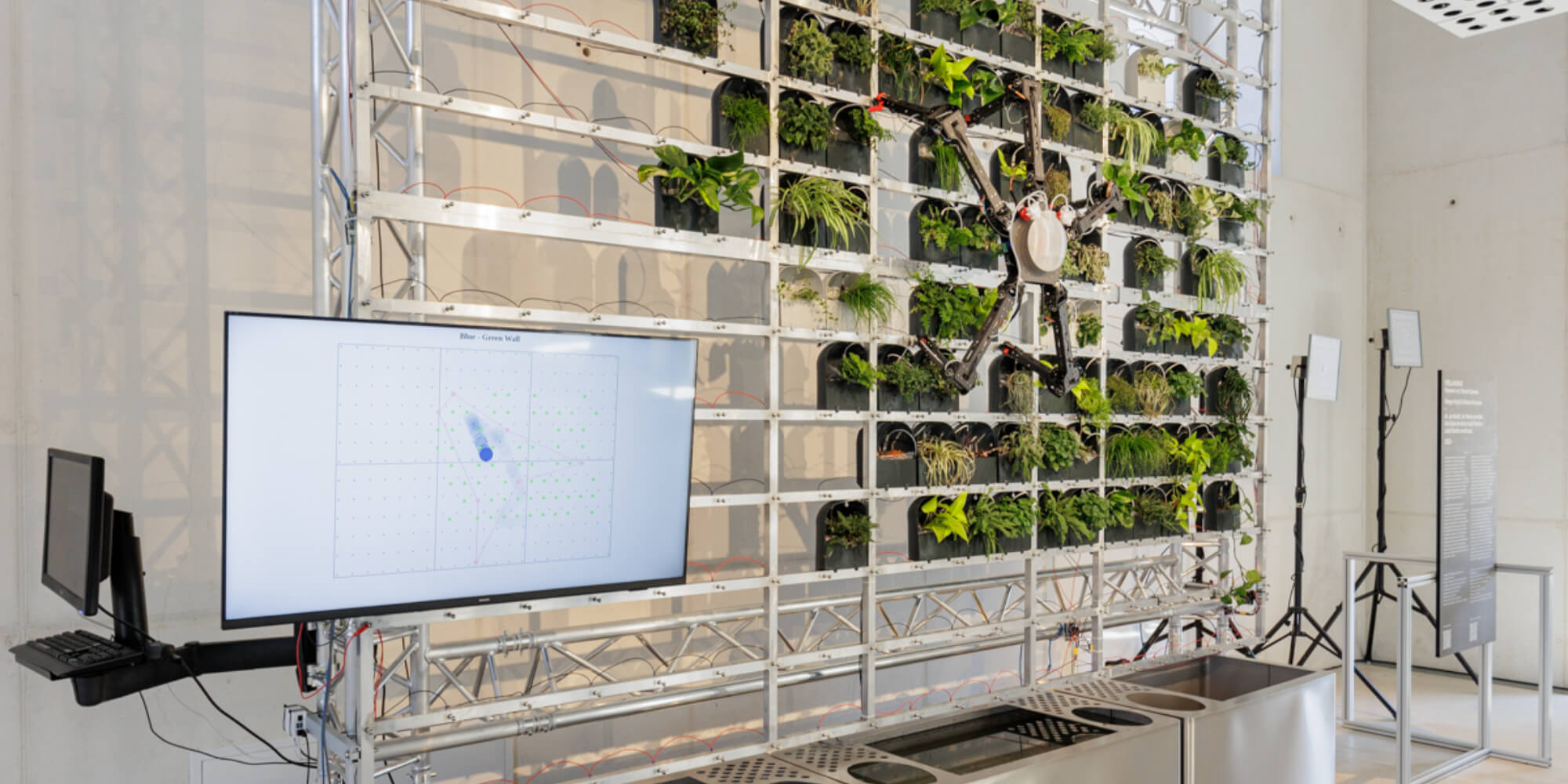

But it is not only new knowledge that is required. In the search for truth, it is equally important to connect the facts or truths and actively identify, own and recreate nodes between different entities. Mapping describes this process of aligning and capturing the cartographies of natural and digital ecosystems. The aspect of linking is illustrated, for example, by the Biosymbiotic Exoskeleton project by Dorotea Dolinšek (SI). This EMAP-funded effort to design a spacesuit as a life support system not only addresses the symbiotic alliances between humans, technology, and non-human life forms, but also our ability to respond to ecological challenges along the way. Sistema Cinco: Non-Human Determinations by Cristo Riffo (CL) combines a hacked microscope with robotic elements to explore the interdependencies and relationships of micro-orcanisms and contrast molecular technologies of nature with those of humans. The microscope is connected to AI to imagine realities of cybernetic management with algorithmic governance. In addition, Noor Stenfert Kroese (NL) and Amir Bastan’s (IR)ZOE attempts to establish internal communication between reshi fungi and a robotic system. Data from the environment and from the mycelium of the Reishi are collected and data carpets generated from these and their relationship to the environment will visualize a possible correlation.
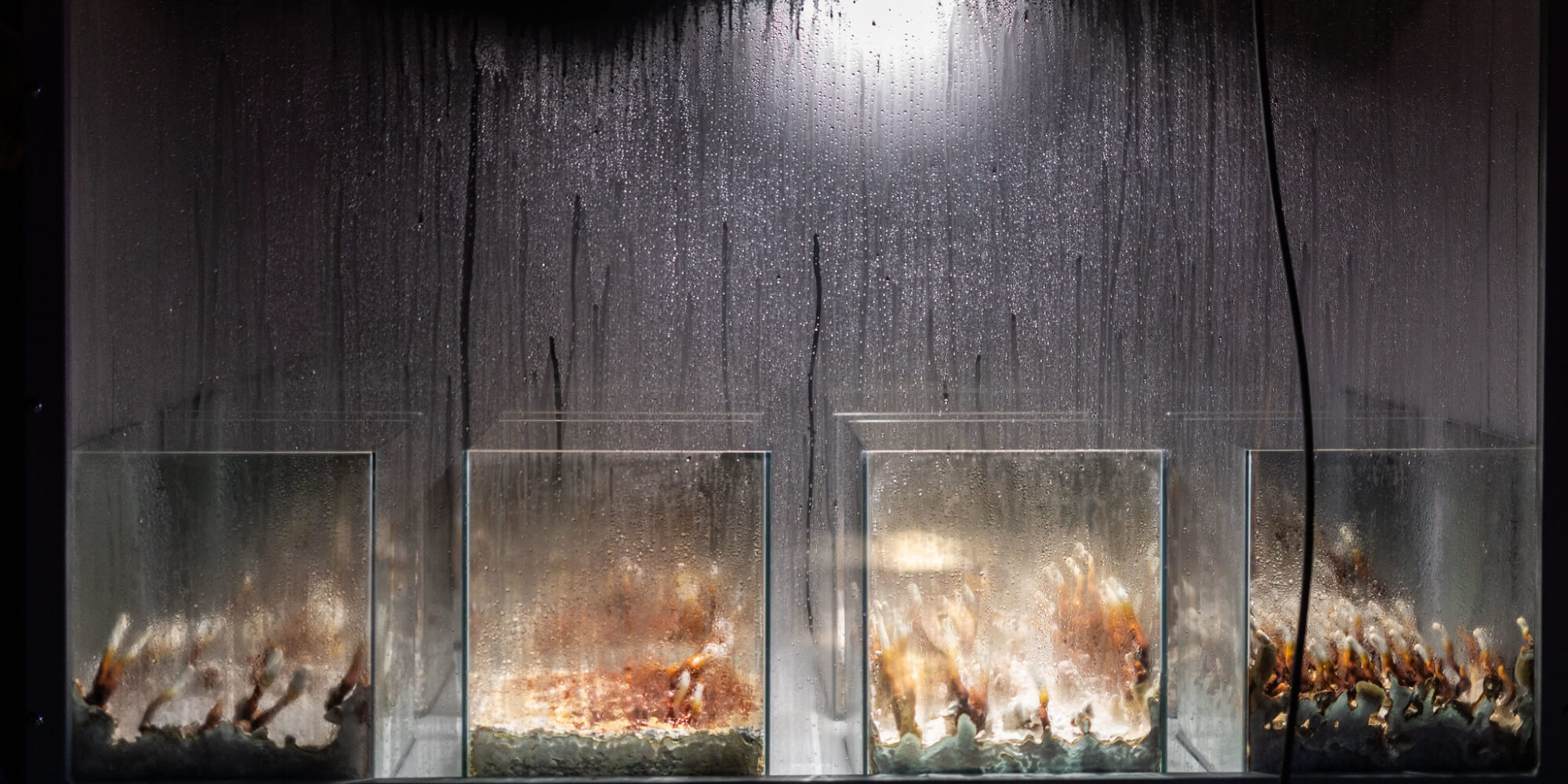


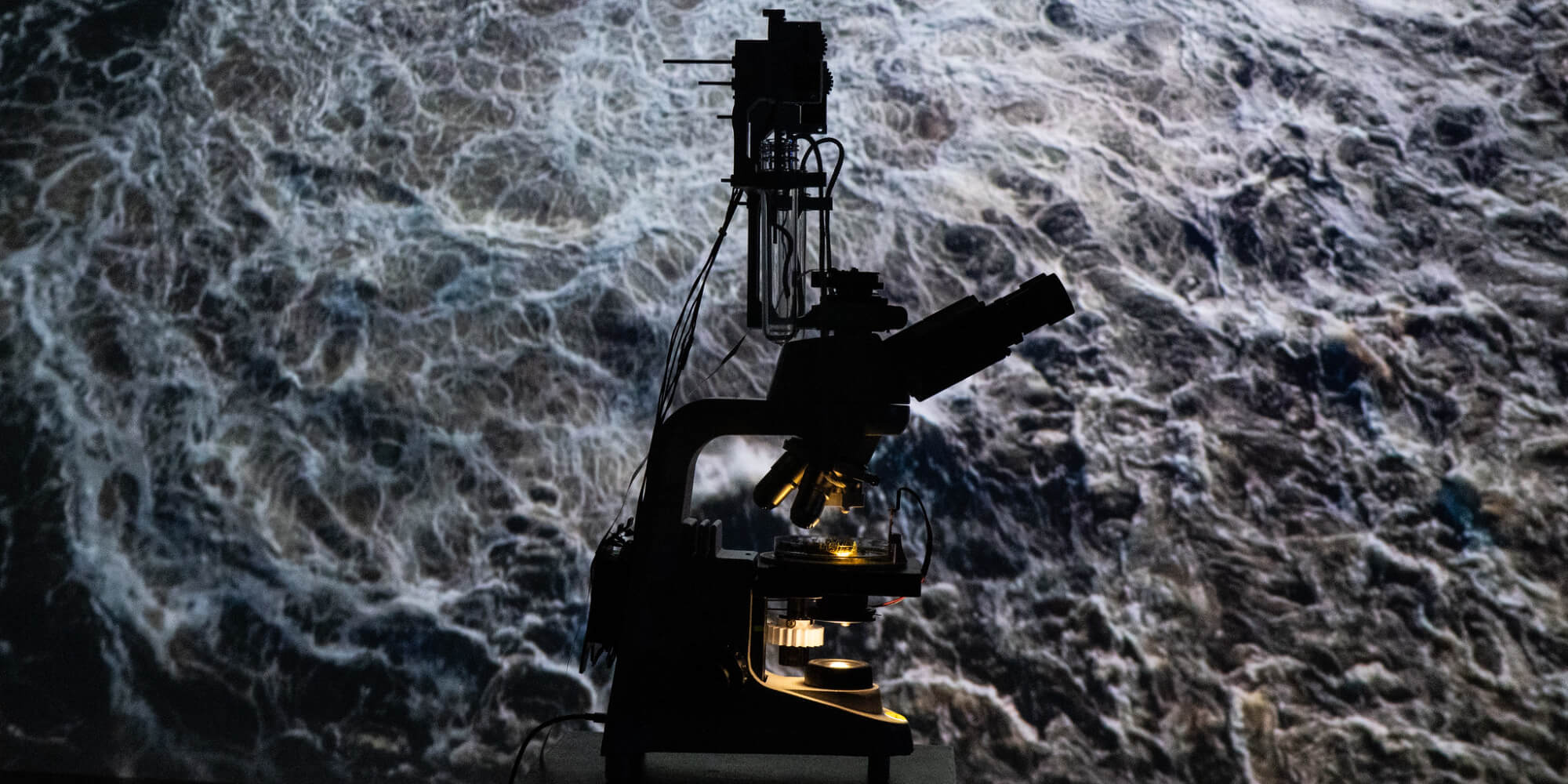

Projects such as Consensus Gentium by Karen Palmer (GB) and Microfluidic Oracle Chip & Autopoesis Answering Machine (MOC&AAM) by Agnes Meyer-Brandis (DE) bring us to the final stop of the search, which leads us from the question Who owns the truth? to the answer (Co)Owning More-than-Truth of the Theme Exhibition. The former is an interactive artwork for iPhones that addresses surveillance and algorithmic bias in AI-driven facial recognition technology. It creates a kind of narrative that the audience influences through action and reaction, demonstrating the potential of modern surveillance technologies. MOC&AAM is the result of artistic research in synthetic biology laboratories. It is a kind of oracle consisting of a network of interconnected microfluidic chips containing tiny submillimeter channels through which fluids can flow, consisting in this case of a multitude of microscopic, handwritten questions. At the end of each question, the droplets turn to either the word YES or NO. Who creates and validates data? Advances in technology and media, among other things, are blurring the line between real and fake and turning personal data into tokens. This brings us to the core of the exhibition: what we perceive as the truth is often only subjectively constructed. It is therefore important to reevaluate how different narratives affect how truth, as well as our planet, is shaped. As we navigate the web of shifting truths, the Theme Exhibition seeks to view truth not as a fixed destination but as a continuous search and journey into the future we aspire to have.
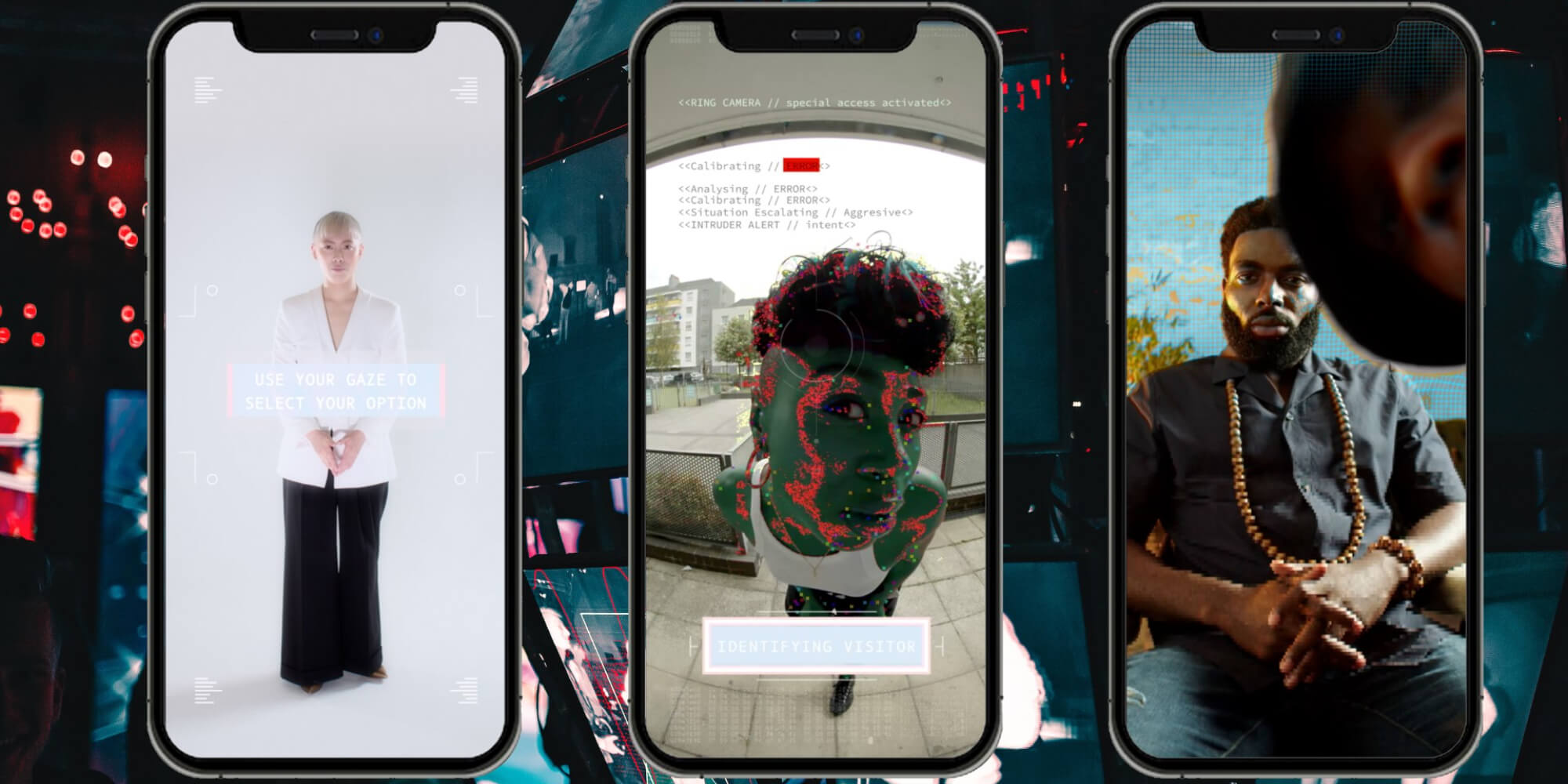
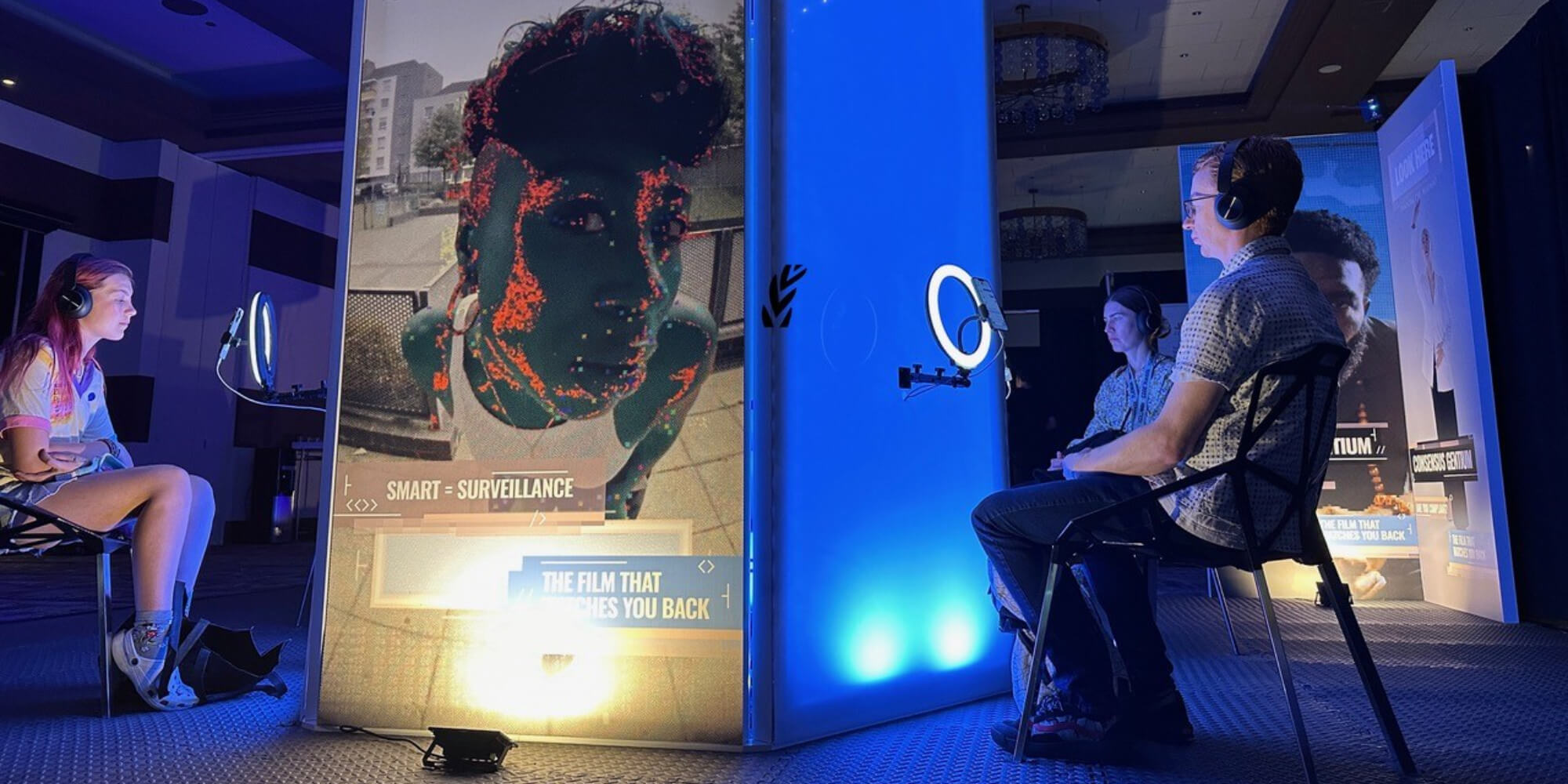

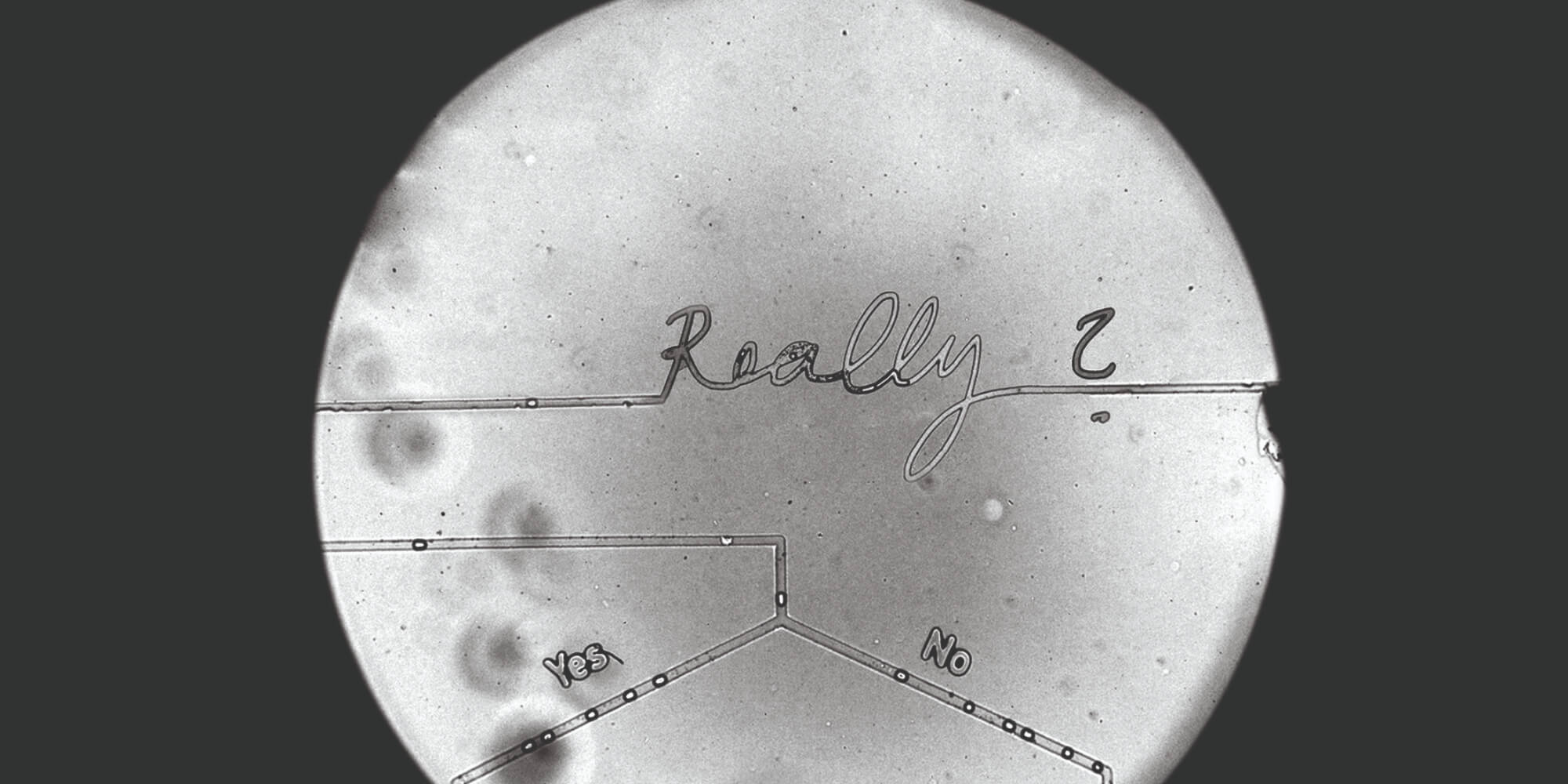

Those who do not want to make the journey through the Theme Exhibition alone can take part in one of the various Expert Guided Tours during the festival. While tours with Christl Baur or Martin Honzik, the curators of the exhibition, promise an intensive examination and a look behind the scenes of (Co)Owning More-than-Planet, guided tours with some of the artists and partners offer a focused look at the thematic backgrounds of their works. There is the possibility to discover the exhibition through the Expert Tour Mattering with Miha Turšič (SI/NL), through the Expert Tour: Terraforming Earth – Decolonizing Space with Annick Bureaud (FR) and through the Expert Tour: Massive Binaries with Andy Gracie (GB/ES). In addition, In addition, Špela Petrič (SI) leads the Expert Tour AI and Health Care through the Ordensklinikum Linz Elisabethinen and botanist Friedrich Schwarz (AT) offers a special tour with a focus on biodiversity and nature conservation in cities with the Expert Tour: POSTCITY Rooftop Ecosystem.
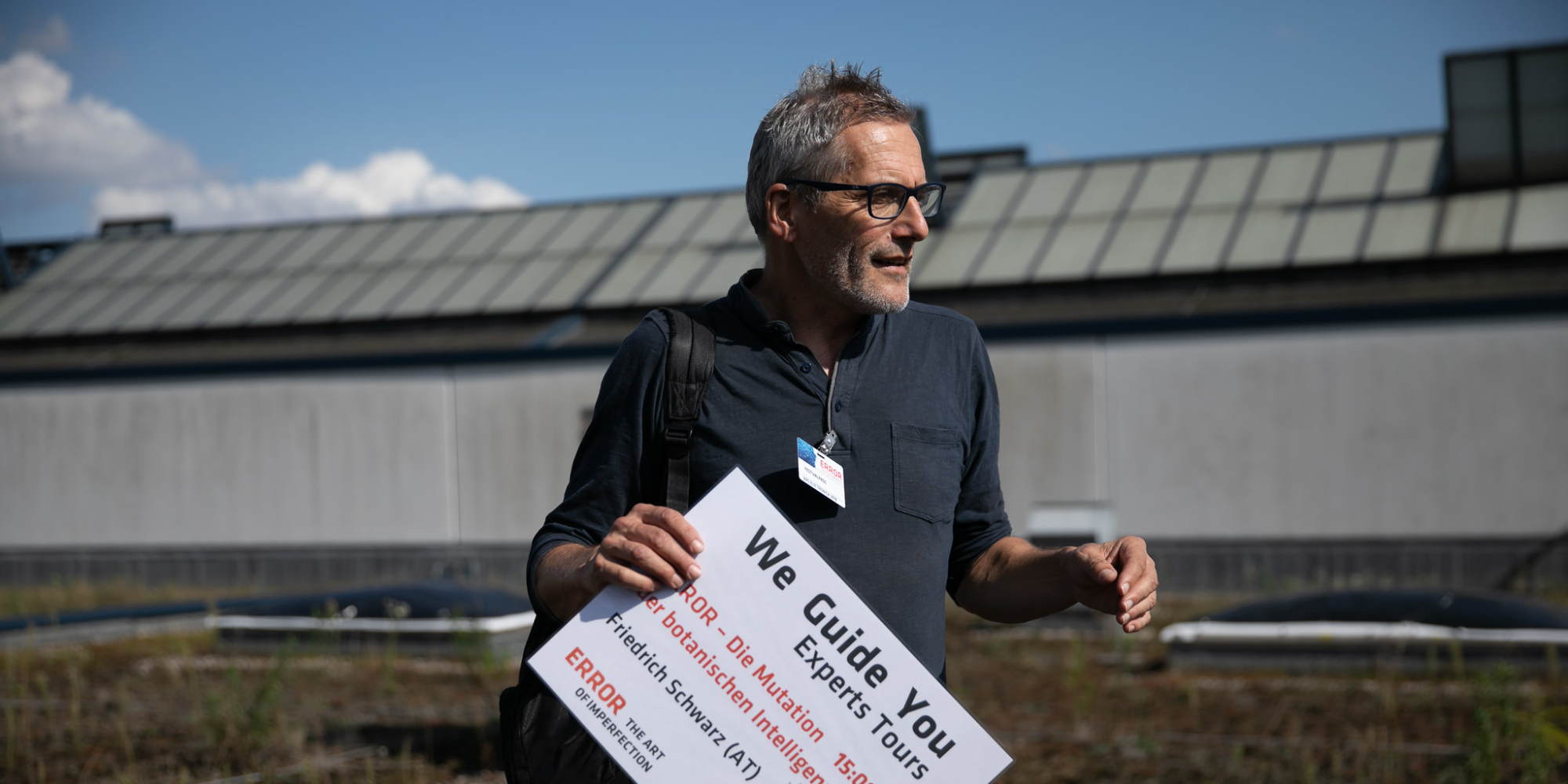
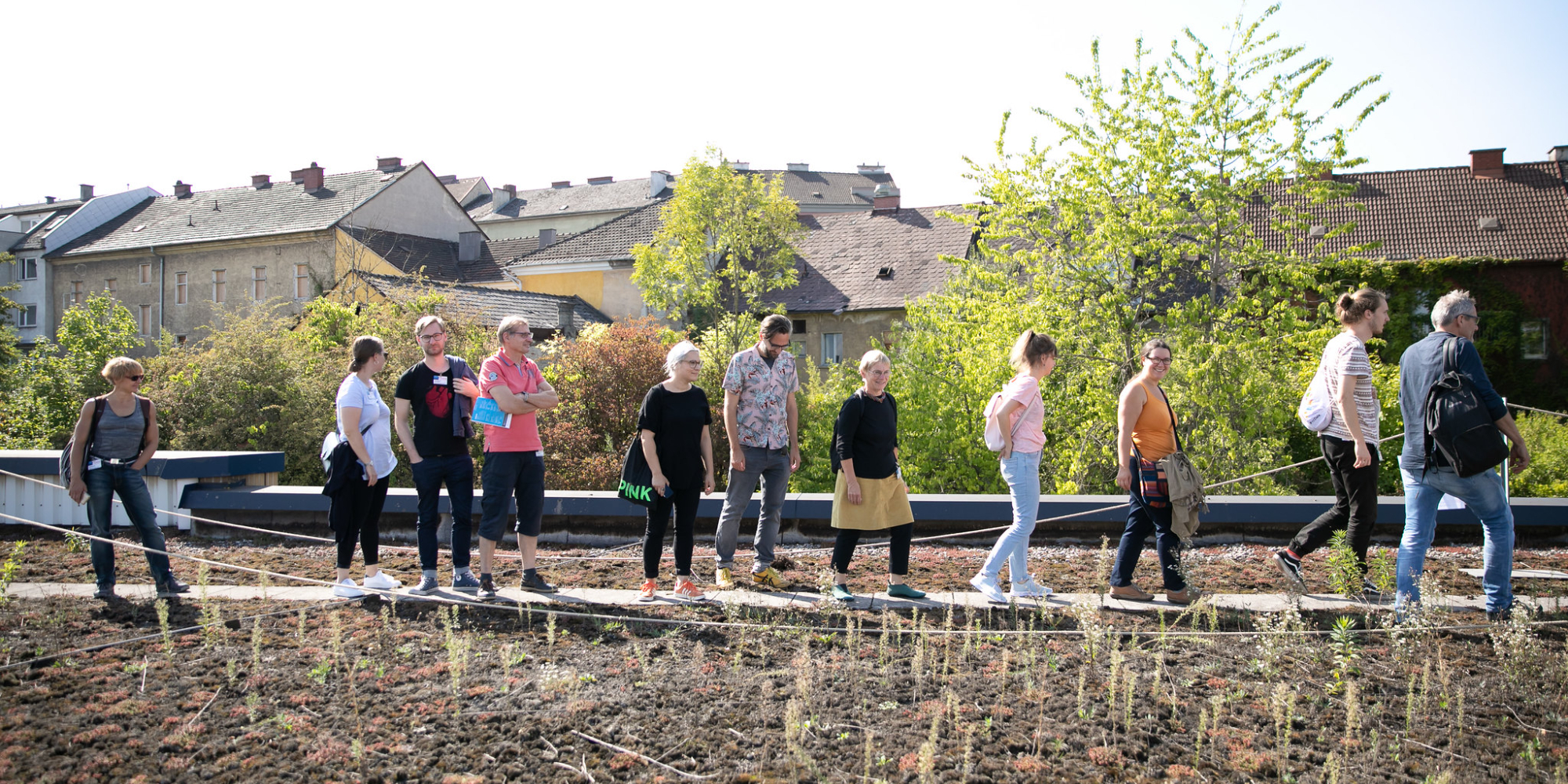
In order to turn the experience and knowledge into action and experiment, you can pay a visit to the More-than-Planet Lab and the numerous workshops taking place there. More about this workshop space in the POSTCITY bunker can be read in the blog on the EU’s More-than-Planet initiative.
Presented in the context of the More-than-Planet project, part of the theme exhibition is co-funded by the Creative Europe Programme of the European Union. The exhibition features works from EMAP (The European Media Art Platform) residency created through the European Media Artist in Residence Exchange (EMARE), Art Science Residency funded by Art Collection Deutsche Telekom, Randa Art|Science Residency project organized by Institut Ramon Llull, hosted by Ars Electronica and the Barcelona Institute of Science and Technology (BIST). The exhibition also includes artworks awarded the ArTS (Art, Technology, Society) Production Grant for Swiss Artists, a grant supported by the Swiss Arts Council Pro Helvetia. Creative Industries Fund NL generously supports a section of the exhibition.
More about the highlights of the Ars Electronica Festival 2023 can be found here. Details will be published continuously on the blog and the official festival website.
